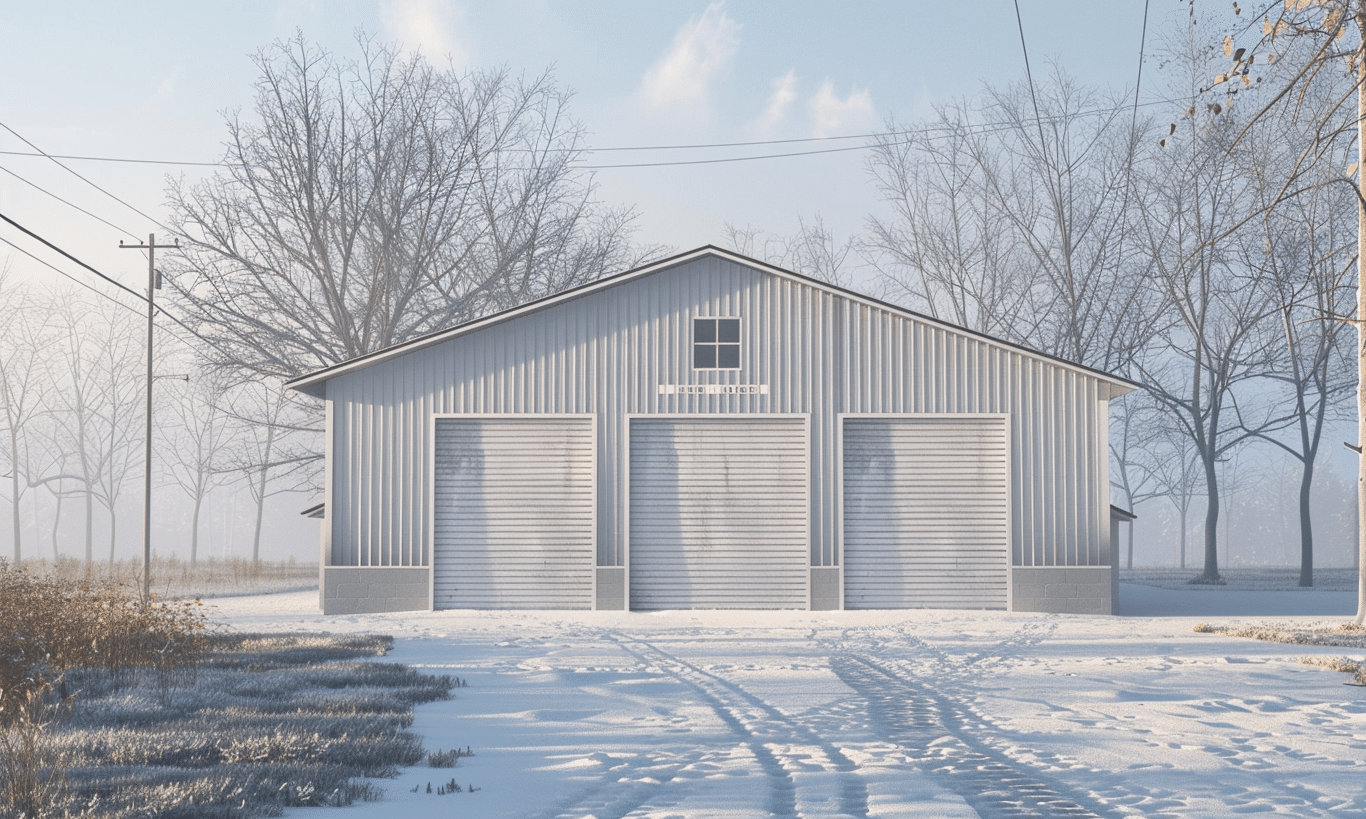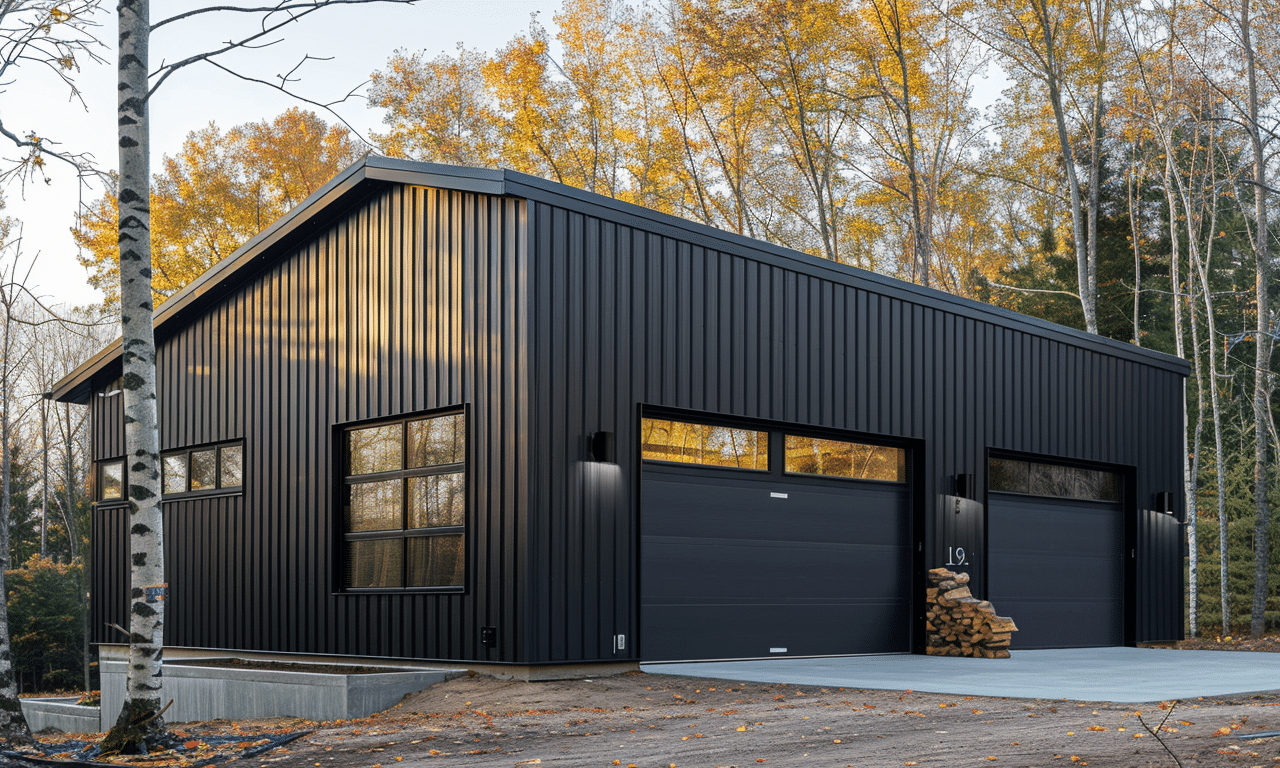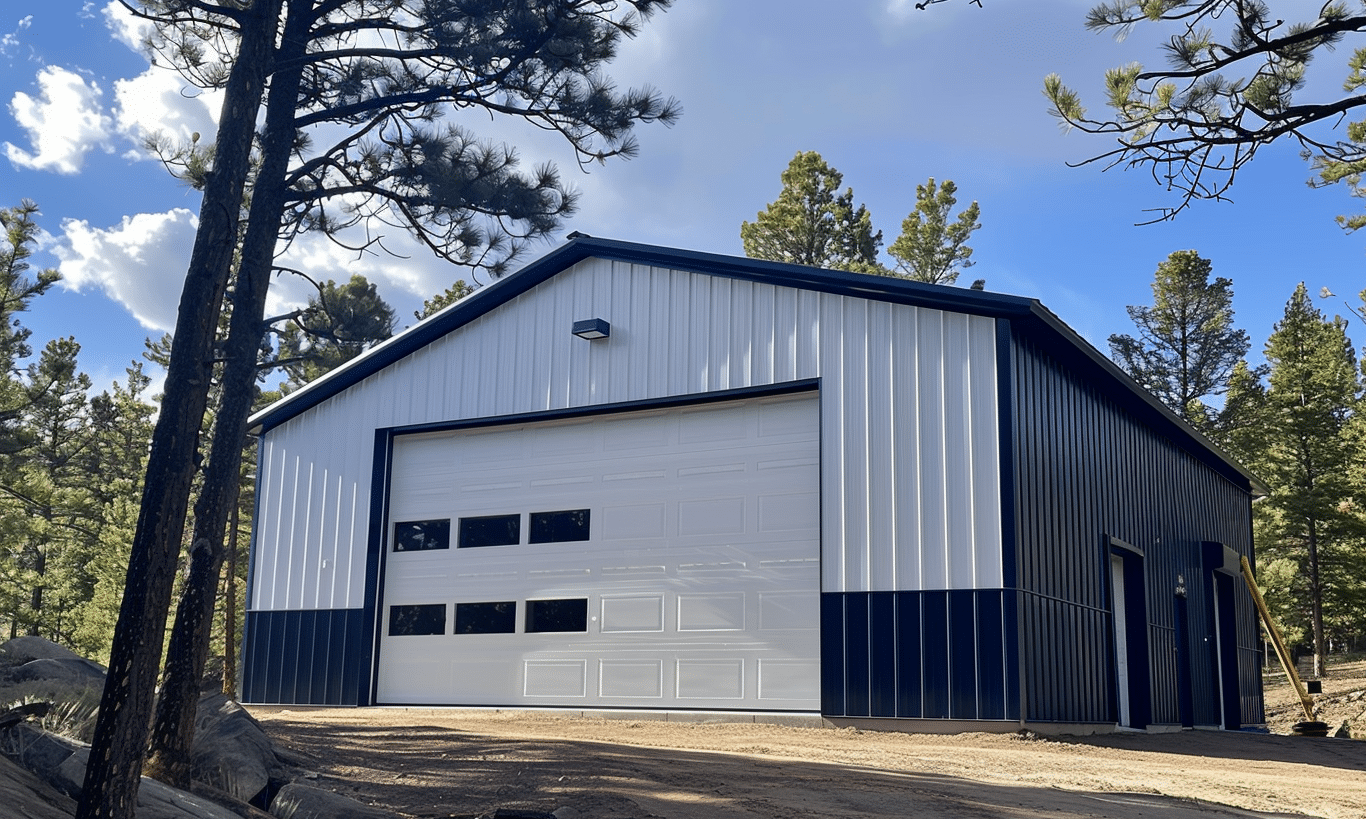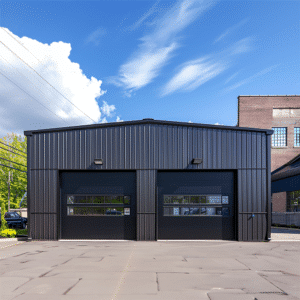In today’s dynamic world, embracing sustainable building materials is no longer just a novel practice; it’s an essential stride towards preserving our planet for future generations. But how do we identify which materials are truly eco-friendly? And most importantly, how do these sustainable choices affect the construction industry? Let’s navigate the vast universe of green building options and discover the treasures they hold for a healthier planet.
Why Sustainable Building Materials Matter
Imagine constructing a building that stands as a testament to environmental responsibility. Sustainable building materials go beyond just being eco-friendly; they help curb carbon footprints, reduce waste, and are often more energy-efficient. Consider them the superheroes of the construction realm, battling pollution and diminishing natural resources at every corner.
These materials not only promise longevity and durability but also enhance the aesthetic appeal of any structure. In Canada, the focus on sustainable materials has skyrocketed, leading to healthier living spaces and greener cities.
Revolutionizing Insulation with Green Choices
When you think insulation, think beyond the conventional. Traditional insulating materials tend to release harmful chemicals and moisture, but choosing green building insulation can significantly enhance energy efficacy. Eco-friendly insulation options like sheep’s wool, recycled cotton, and cellulose provide optimal thermal resistance without harming the environment.
Decoding the Benefits of Steel in Construction
Steel, often termed as the backbone of modern construction, deserves its limelight for numerous reasons. Steel buildings tend to have a lower carbon footprint due to efficient production processes and recyclability. The environmental benefits of steel buildings cannot be overlooked; they’re resistant to corrosion and pests, reducing the need for harmful chemical treatments.
Moreover, in regions like Ontario, companies specializing in steel construction Ontario are harnessing technology to ensure that structures made from steel meet the highest ecological standards. Not only does this ensure the resilience of the building, but it also maintains its aesthetic and structural integrity for years to come.

Wood: Nature’s Gift to Construction
While wood may seem like an archaic material choice, its modern-day applications in sustainable construction are revolutionary. Certified sustainably sourced wood ensures minimum impact on forests and, unlike other materials, aids in carbon sequestration by absorbing CO2.
Opting for bamboo, reclaimed wood, or cross-laminated timber can result in a personalized touch to a project while staying secretive about its eco-friendly credentials. The allure of wood lies in its adaptability—perfect for both traditional homes and avant-garde architectures.
Beyond Conventional: Innovative Sustainable Materials
When it comes to creativity in construction, innovation knows no bounds. Enter mycelium—a cutting-edge material derived from fungi cultures—and hempcrete, a biocomposite that’s lighter than concrete yet offers remarkable insulation properties.
Forward-thinking builders can also integrate recycled materials into their projects. Plastic waste, for instance, can be transformed into durable construction bricks, reducing landfill dependencies and paving the way for innovative housing solutions.
A Glimpse into the Future of Eco-Conscious Construction
Imagine transforming our urban landscapes with modular designs that balance aesthetics with sustainable values. For example, purchasing a 20×40 steel building kit ensures that structures are not only architecturally sound but also environmentally considerate.
As described by Natural Resources Canada – Sustainable Building Materials, adopting sustainable materials involves more than just choosing the right products—it demands a continual commitment to ecological harmony. By understanding and implementing such practices, we can certainly stride towards a carbon-negative future.

The Ripple Effect of Conscious Material Choices
The charm of sustainable materials lies in their ripple effect across multiple facets of life. Beyond reducing waste and saving energy, they can influence societal perceptions of what construction can achieve. Structures that maintain high aesthetic standards while prioritizing environmental sustainability pave the way for conscious consumerism.
Ultimately, these conscious choices play a crucial role in influencing developers, architects, and homeowners to adopt greener practices. A world where sustainable building materials become the norm is not merely a figment of imagination, but a tangible possibility.

Conclusion
In the race against climate change, our choices today set the stage for a healthier tomorrow. Opting for sustainable building materials doesn’t just offer immediate benefits like improved energy efficiency and waste reduction—it also guarantees the longevity of our planet’s natural resources. As we tread confidently into the future, much like custodians of Mother Earth, adopting such eco-friendly construction practices is a legacy we owe to those who follow.
By exploring, understanding, and embracing these materials, we embark on a transformative journey where every cornerstone laid narrates a story of conscious construction. Let us make sustainable building materials the foundation of future architectural wonders.










